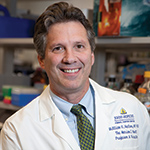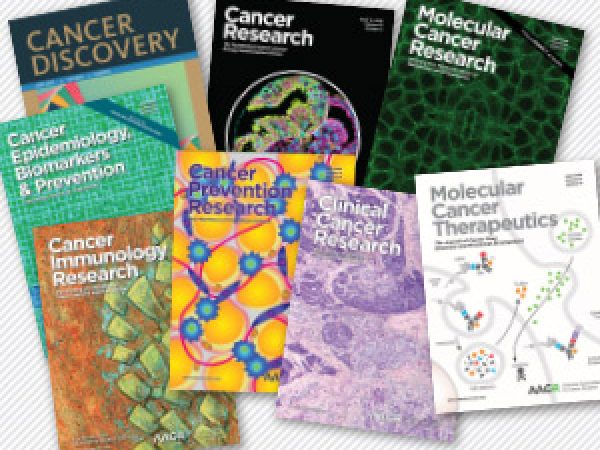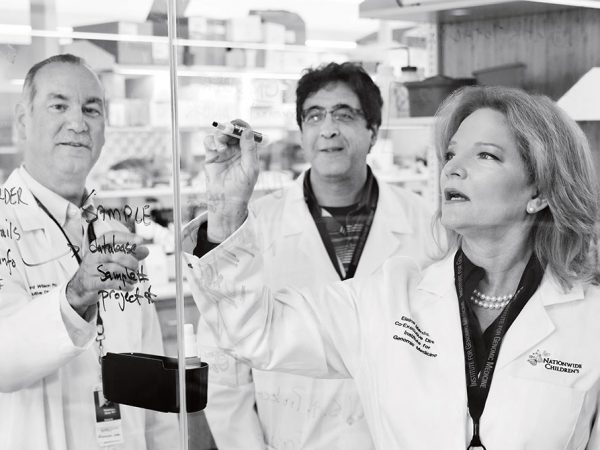Exploring the Connection Between Cancer and Aging
Guest Post by William G. Nelson, MD, PhD, Editor-in-Chief, Cancer Today
Nearly 85 percent of all cancer deaths in the U.S. occur in men and women 60 or older; almost 30 percent of cancer deaths occur in people 80 or older. Why are cancers, particularly life-threatening ones, so tightly associated with aging?
The most common cancers arise from cells and tissues where ongoing renewal and replenishment of cells are essential for healthy body functions. To create new cells, genomic DNA—all 6 billion base pairs—must be copied with no errors, an all but impossible task. Inevitably, a handful of mistakes escape the proofreading and repair processes safeguarding DNA replication, leading to mutations that can accumulate as years go by. Mutations can also accumulate as renewing cells are exposed to cancer-causing chemicals called carcinogens, such as those in tobacco smoke, or to reactive oxygen species, which are unstable molecules containing oxygen that are associated with a variety of disorders, including cancer.

With these relentless threats to the genomes of renewing cells, advancing age would be expected to increase the probability of a mutation leading to a defect in a critical gene and transforming a normal cell into a cancer cell. In support of this notion, people with inherited DNA repair defects that lead to greater numbers of mutations often develop cancers at younger ages.
Recent research has focused on the impact of aging on normal-appearing cells that provide infrastructure support to cancer cells. Cancer cells often require help from nearby cells to help remodel the landscape that serves as home to cancer cells, create a supply chain of nutrients and oxygen for the cancer cells via the formation of new blood vessels, and ensure that cancer cells can evade or suppress immune responses that might destroy them.
The normal cells that assist cancer cells may show the most dramatic effects of age. Some of the same stressors that create cancer cells can inflict cell and genome damage in noncancerous cells in the neighborhood. Rather than become cancer cells themselves when damaged, however, the infrastructure cells often display hallmarks of senescence, a state in which cells can no longer reproduce but can corrupt surrounding cells, influencing their metabolism and promoting the most malignant cancer behaviors.
The phenomenon of cellular senescence has become a major focus of aging research. An accumulation of senescent cells in many organs and tissues may be a significant driver of frailty associated with aging. In animal models, elimination of senescent cells appears to attenuate age-related changes. With these compelling observations, senolytic drugs able to eradicate senescent cells have been working their way into human clinical trials for a variety of age-related conditions.
Can senolytic drugs find a role in cancer treatment? Researchers are examining several scenarios. First to be evaluated may be infrastructure cell senescence triggered by cancer treatment itself, specifically radiation therapy and chemotherapy that might drive normal cells into senescence, undermining cancer control and promoting frailty among cancer survivors. The administration of senolytic drugs along with conventional cancer treatments could improve treatment outcomes and reduce nagging side effects that can compromise cancer survivorship. Senolytic drugs administered with immunotherapy could improve immune responses to cancers. Finally, if senolytic drugs can disrupt cancer metastasis, they might be used alongside surgery and other local cancer treatments to prevent cancer from spreading.
William G. Nelson, MD, PhD, is the editor-in-chief of Cancer Today, the quarterly magazine for cancer patients, survivors, and caregivers published by the American Association for Cancer Research. Nelson is the Marion I. Knott professor of oncology and director of the Sidney Kimmel Comprehensive Cancer Center at Johns Hopkins in Baltimore. You can read his complete column in the fall 2022 issue of Cancer Today.



